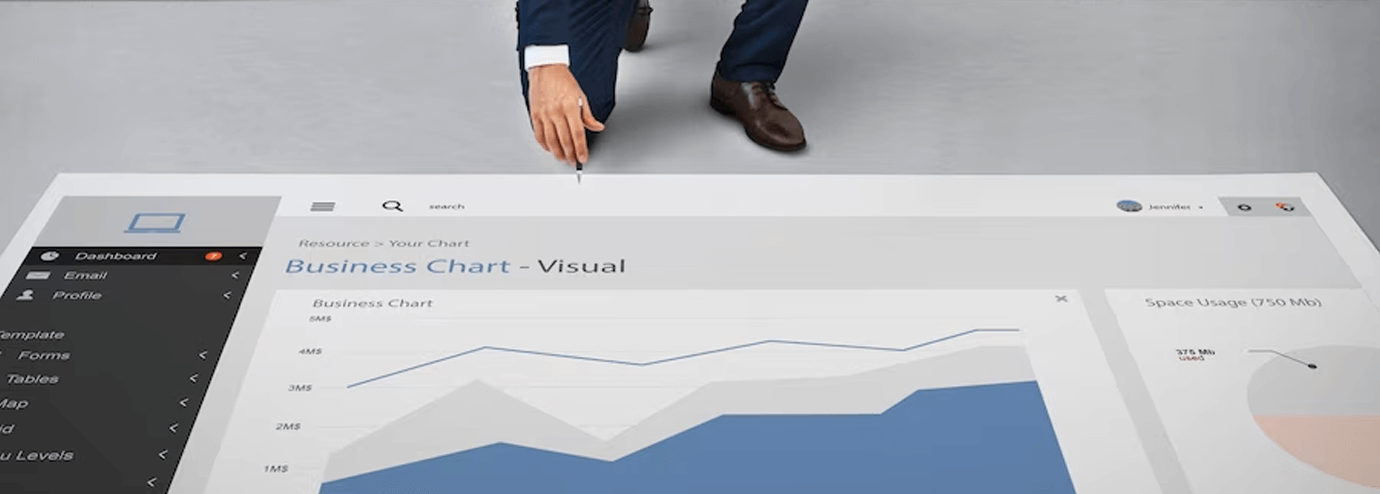The Evolution of Google Ads through Automation

In the ever-evolving realm of digital marketing, Google Ads has played a pivotal role in transforming how businesses connect with their audiences. Over the years, the platform has undergone significant changes, with automation emerging as a game-changer. Let’s delve into the history of Google Ads and explore how automation has reshaped the digital advertising landscape.
The Early Days of Google Ads
Google Ads, formerly known as Google AdWords, made its debut in the year 2000. Initially, advertisers had to manually bid on keywords, set budget limits, and create ad copies. While revolutionary at the time, this manual approach posed challenges, requiring constant monitoring and adjustments to ensure optimal performance.
The Rise of Automation
As technology advanced, Google recognized the need to streamline the advertising process. Enter automation – a paradigm shift that marked a new era for Google Ads. The introduction of automated bidding strategies, ad rotation, and responsive ads brought efficiency and sophistication to campaigns.
Automated Bidding Strategies
One of the most significant milestones was the introduction of automated bidding strategies. Instead of manual bid adjustments, advertisers could now leverage machine learning algorithms to optimize bids based on various factors such as device, location, and demographics. This not only saved time but also enhanced the precision of bid management, leading to better ROI for advertisers.
Ad Rotation and Testing
Automation extended to ad rotation, where machine learning algorithms optimized the display of different ad variations. This meant that Google Ads could automatically favor high-performing ads, improving click-through rates and conversions over time. Advertisers could now focus more on crafting compelling ad content while the system handled the testing and optimization processes.
Responsive Ads
The era of responsive ads further exemplified the power of automation. Advertisers could create ads with multiple headlines and descriptions, and Google Ads would dynamically assemble them to suit the viewer’s context. This not only enhanced the user experience but also allowed for more personalized and relevant ad delivery.
The Impact on Digital Marketing
Automation in Google Ads brought several benefits that reshaped the digital marketing landscape:
- Efficiency and Time Savings
- Precision and Targeting
- Adaptability to User Behavior
- Scalability
The Future of Google Ads and Automation
Looking ahead, the marriage of Google Ads and automation continues to evolve. Machine learning and artificial intelligence are likely to play an even more significant role, providing advertisers with predictive insights, enhanced audience targeting, and dynamic ad personalization.
In conclusion, the history of Google Ads reflects a journey from manual processes to the era of automation. This evolution has not only simplified the advertising process but has also empowered marketers to achieve greater efficiency and effectiveness in their campaigns. As technology advances, the synergy between Google Ads and automation is set to redefine digital advertising further, opening new possibilities for businesses to connect with their target audiences in meaningful ways.